Ljubljana For Culture Lovers – A Long Weekend Guide
Ljubljana is an relatively undiscovered gem. With museums to visit, local wines to try, wildlife to spot and a friendly welcome to enjoy, Slovenia’s capital should be on more culture lovers’ radars. Read on for tips on what to see and do on your own long weekend in Ljubljana.
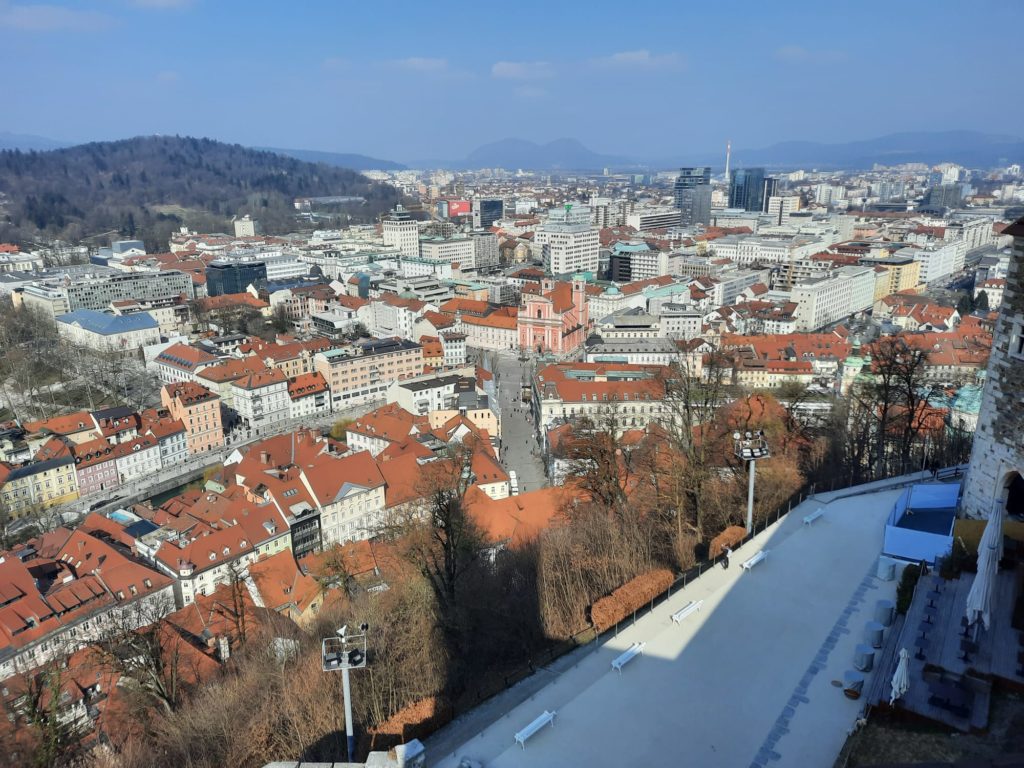
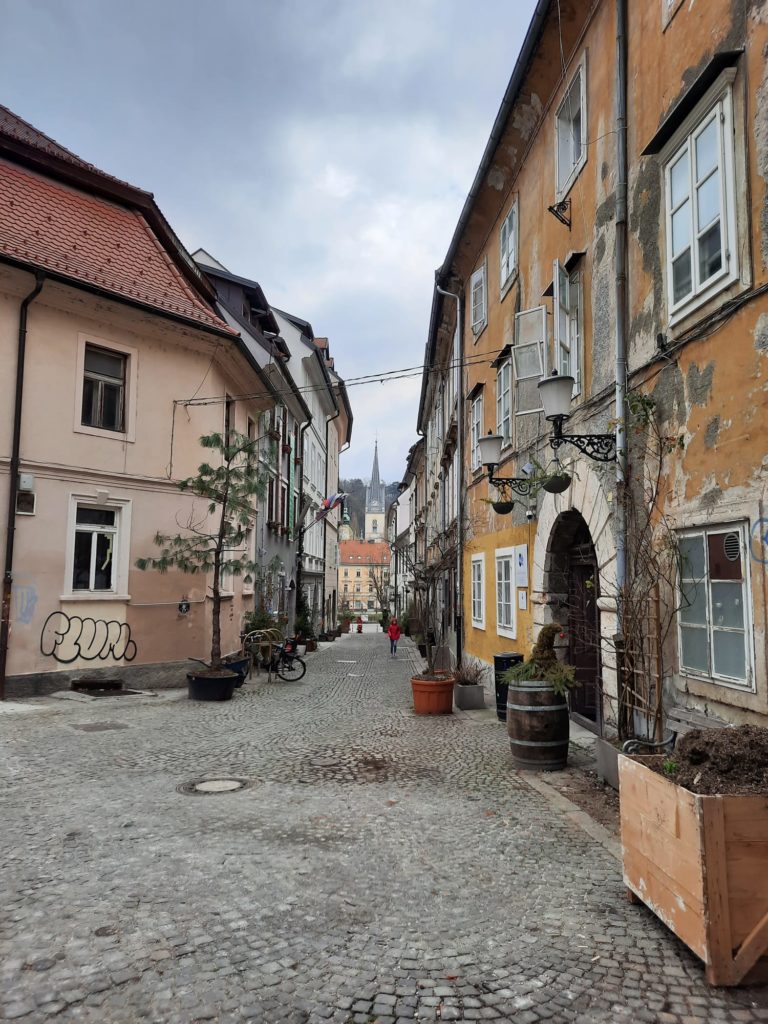
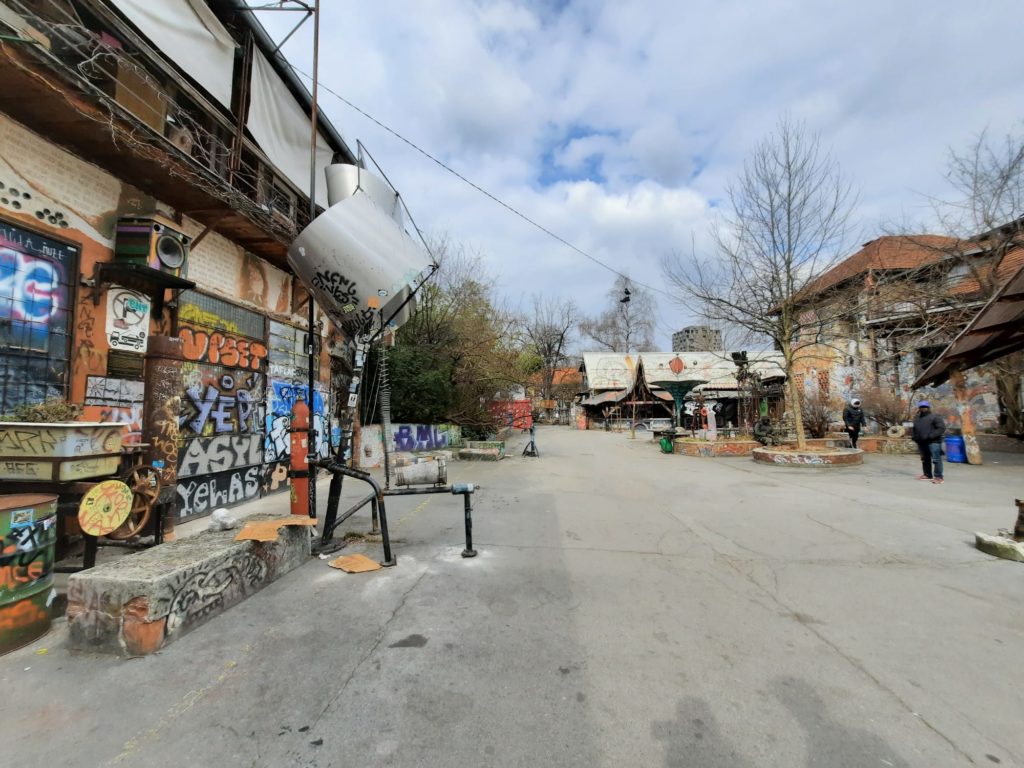
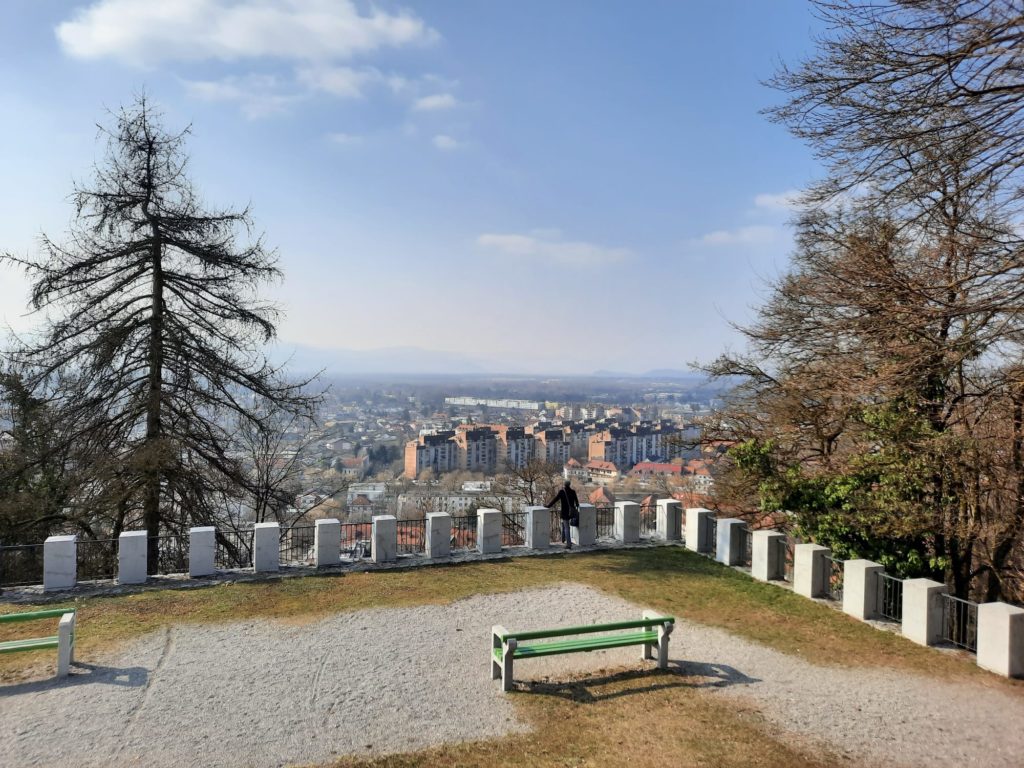
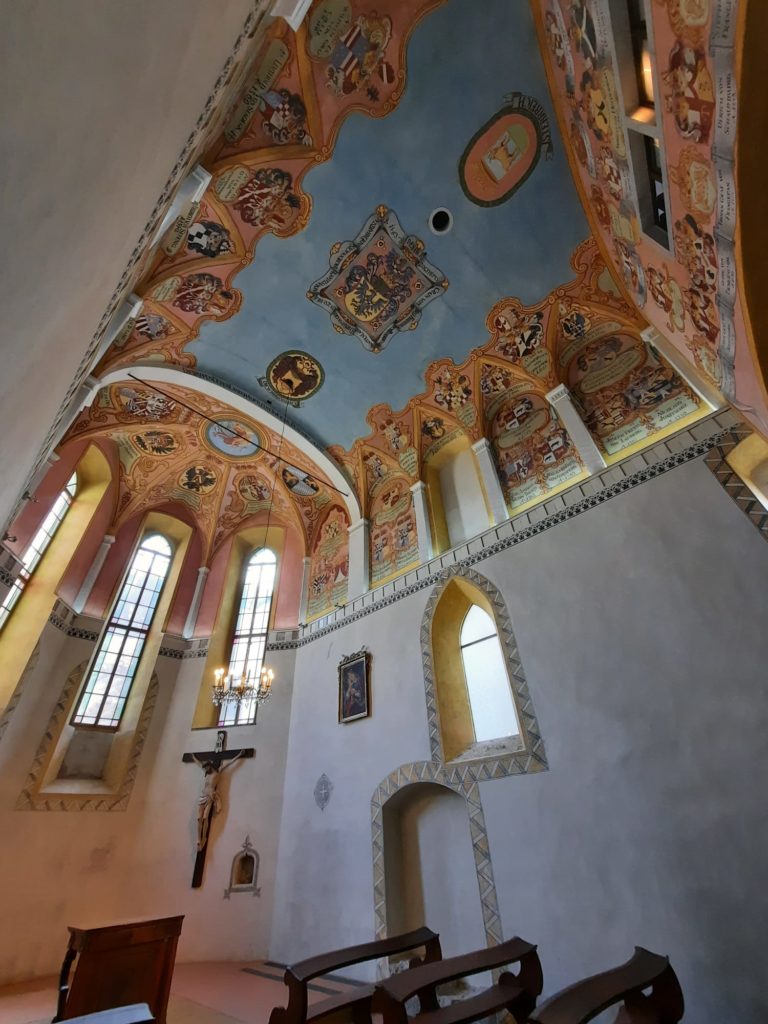
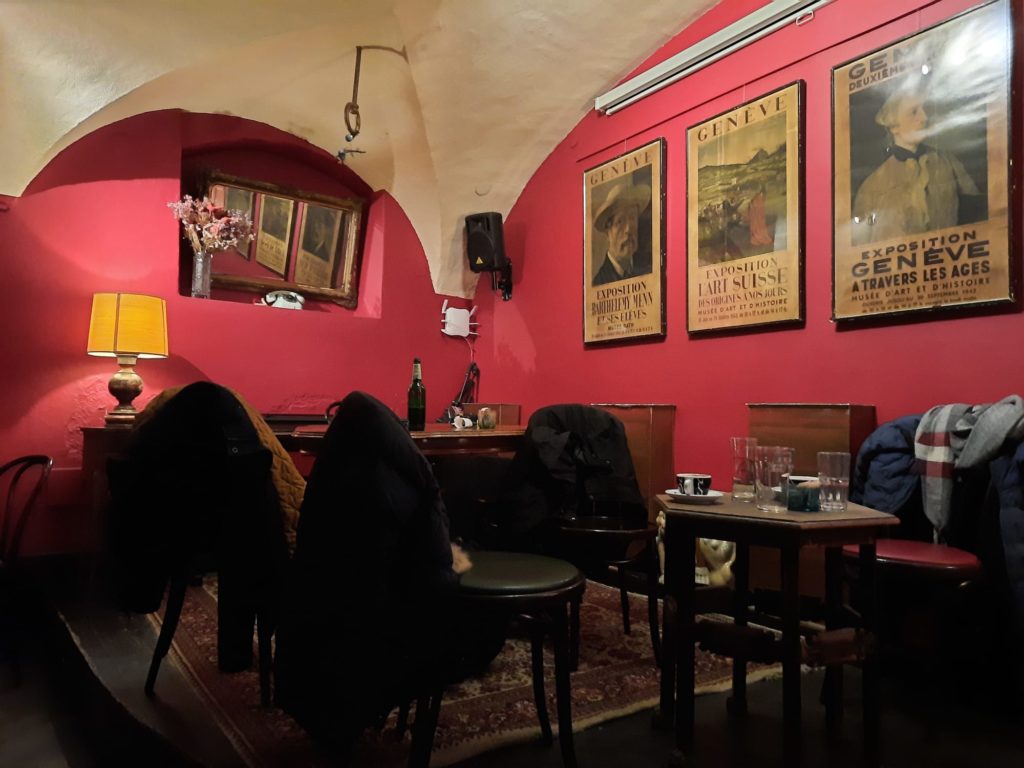
Ljubljana For Culture Lovers
My recent trip to Ljubljana was more a spur of the moment decision than a long-thought out plan. Unlike Lisbon, which I visited last year, Slovenia had not been on my to-do list. As I know now, this was a serious oversight! Ljubljana is one of the best places I’ve been in a long time for a weekend break. It is compact, easy to navigate, has plenty of activities to fill a few days, and doesn’t break the bank. We flew from Gatwick on a short flight of 1 hour 40, and enjoyed almost four full days in Slovenia (three in Ljubljana, one on a multi-stop day trip). The weather was cold but sunny, perfect for exploring. And we were smitten enough with the country to want to go back in summer at some point to enjoy the Venetian-influenced coast. And maybe a vineyard or two.
So a few facts about Ljubljana before we continue. The Romans founded it as Emona (although the area was previously inhabited). It was under Hapsburg rule for many centuries. And then had a turbulent time in the twentieth century as a part of the Kingdom of Serbs, Croats and Slovenes, then of Yugoslavia, and then its own country once more since 1991.
Today it has a population of around 300,000 – the city’s growth has been rapid in recent decades and most Ljubljanans still have a strong connection to a rural location elsewhere in the country. Ljubljana has the vibe of a student city. It also has great tourist facilities, and plenty to see and do within a compact area. Keep reading to explore in more detail!
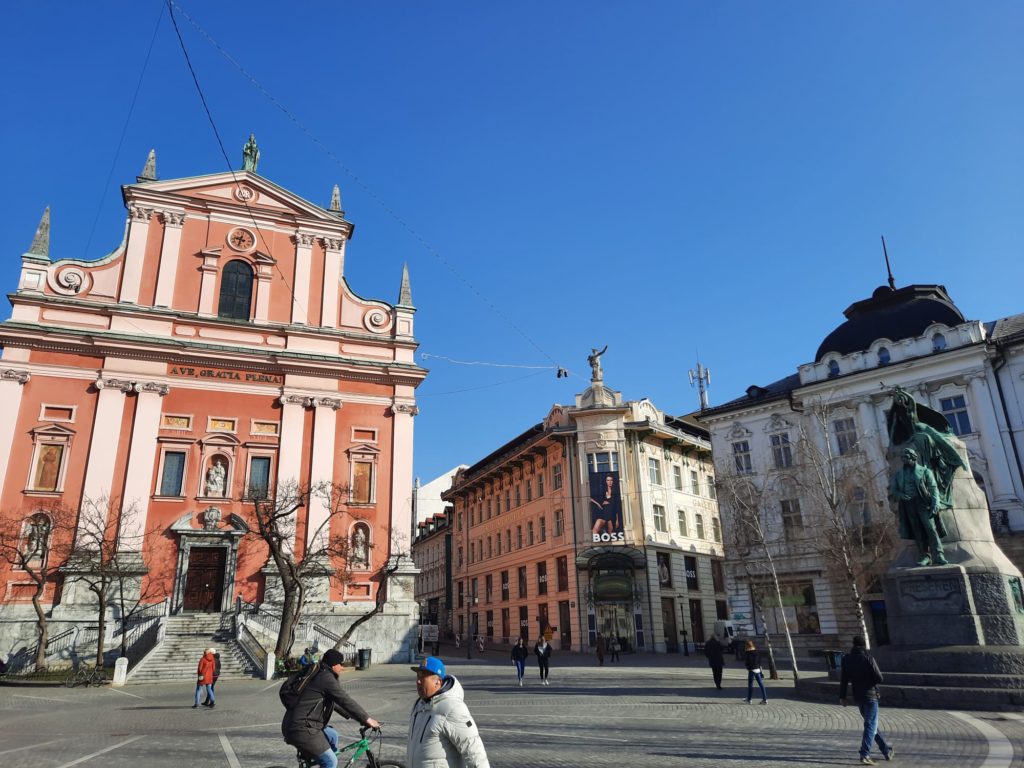
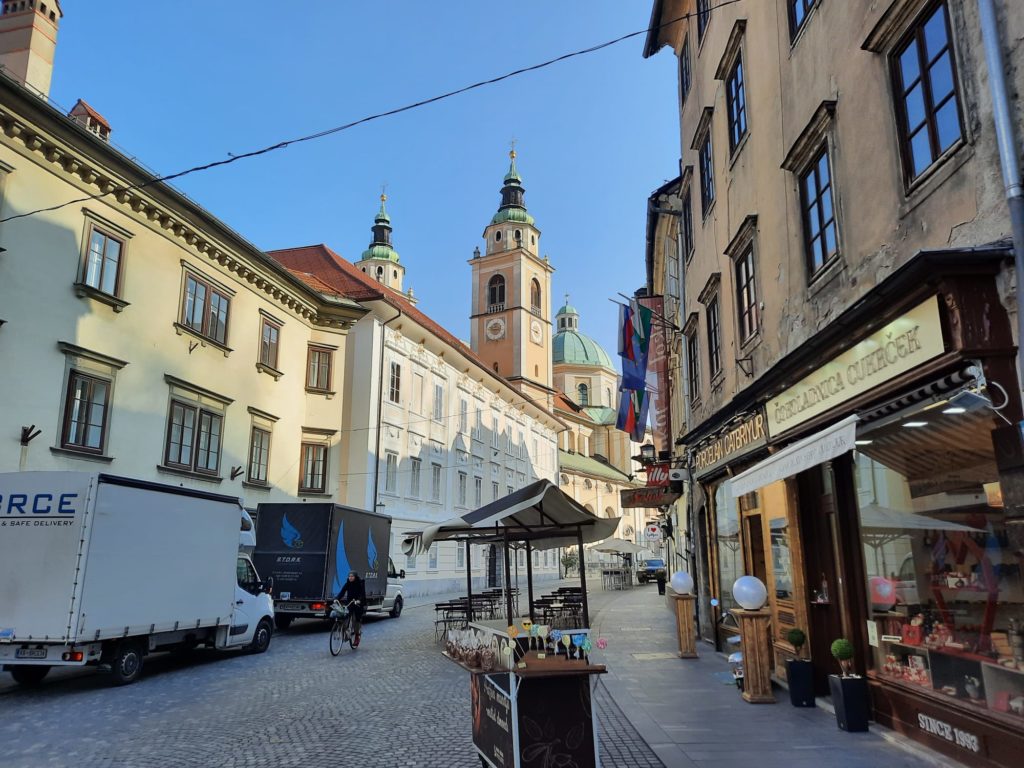
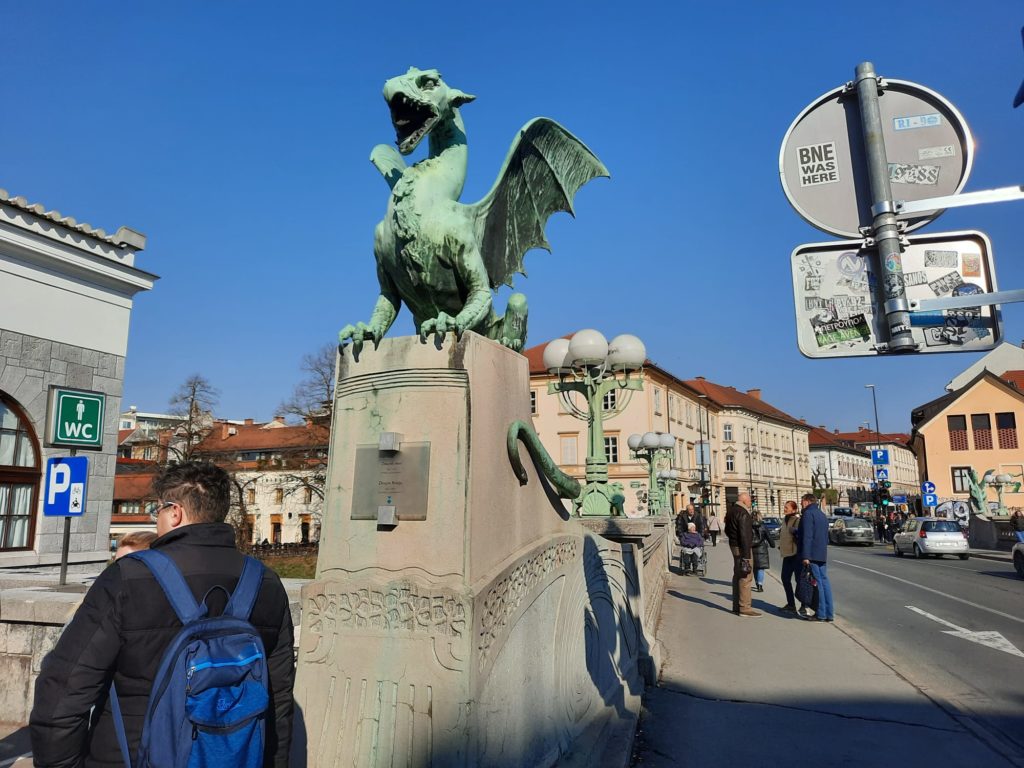
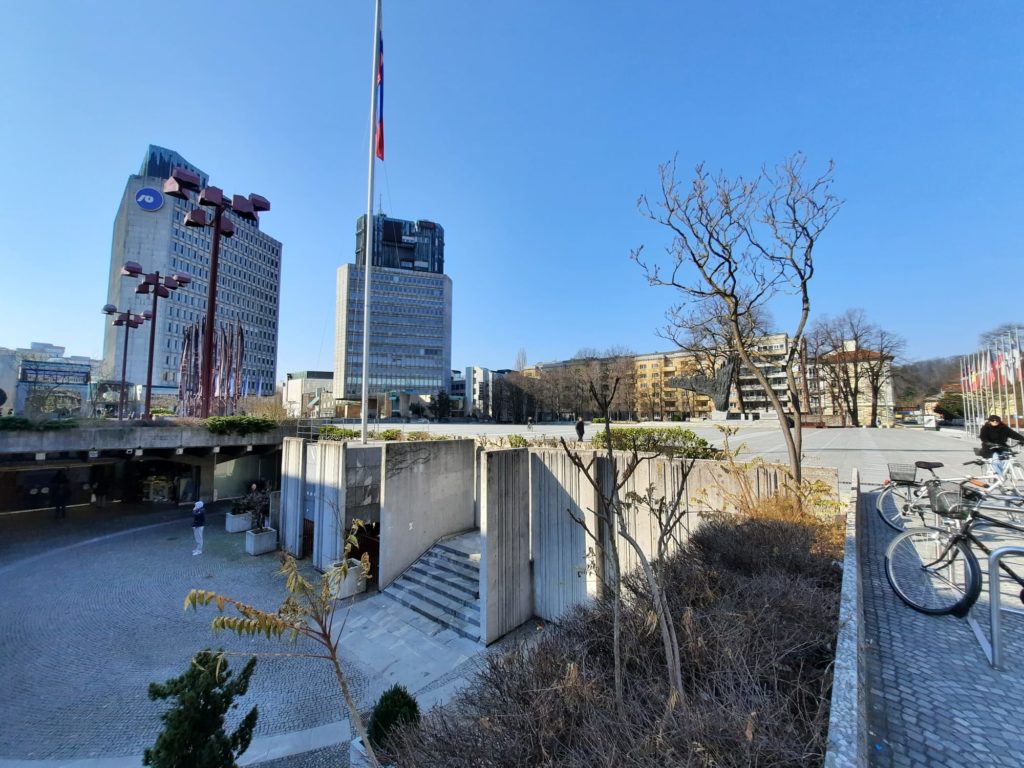
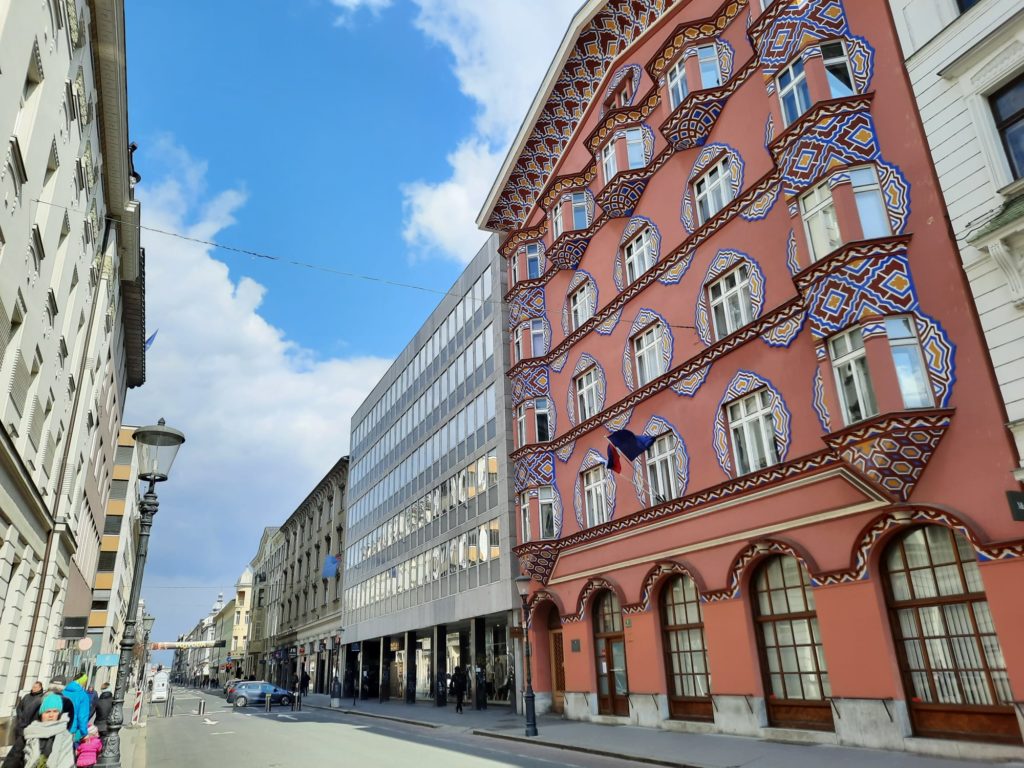
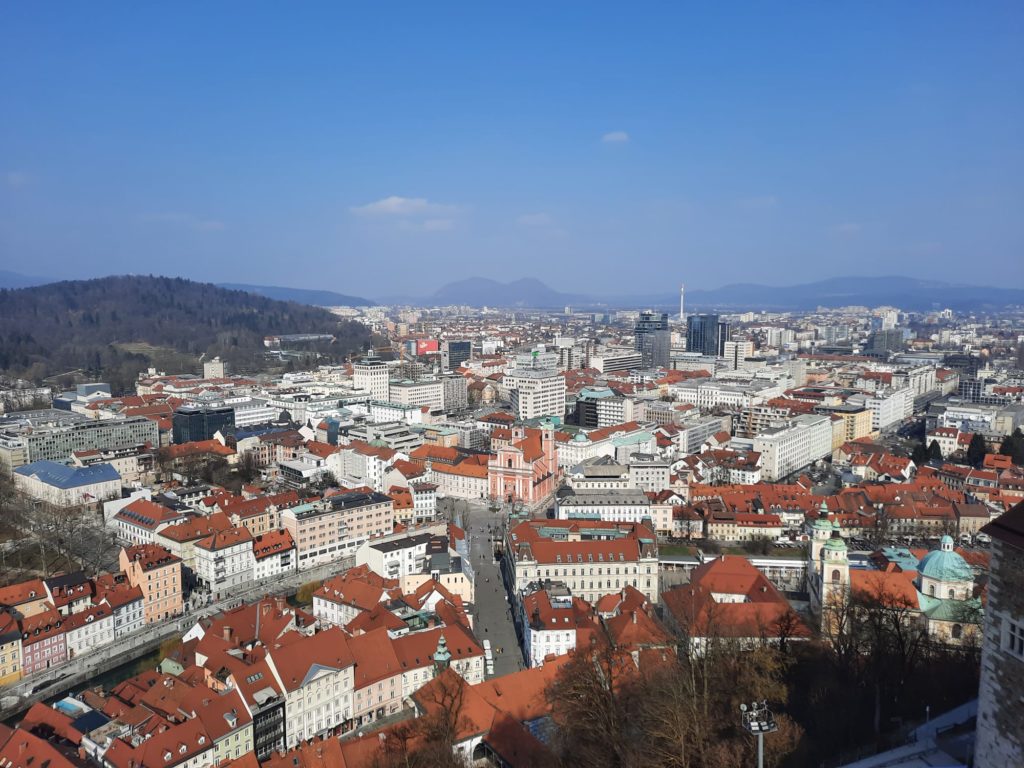
City Centre and Architecture
Let’s start with the historic city. You can cross the whole old town on foot in about 15-20 minutes – one of many reasons I love Ljubljana. I found the architectural style to take influences from its neighbours Austria, Italy and Croatia. Ljubljana is dominated by a castle hill (more on the castle below). A river then wends its way through the town – there are numerous bridges, including a very unusual triple bridge.
And the Triple Bridge brings us on to an important figure in Slovenian architecture, Jože Plečnik. A Ljubljanan native, he designed buildings in Vienna, Prague and Ljubljana. He worked in a Vienna Secessionist style (basically Austrian Art Nouveau). Plečnik built several iconic buildings, renovated the city’s bridges and central market, and made other civic improvements. His reputation waned in the Yugoslavian period and then grew again with the Post-Modernists. Today you will undoubtedly see his name in any tourist materials on Ljubljana.
Basically my advice is to leave some time for wandering and enjoying the city’s atmosphere. There are many great vantage points, from hills to riverbanks to parks and squares. And often you can combine some city and architecture appreciation with a nice glass of wine in a cafe. Perfect!
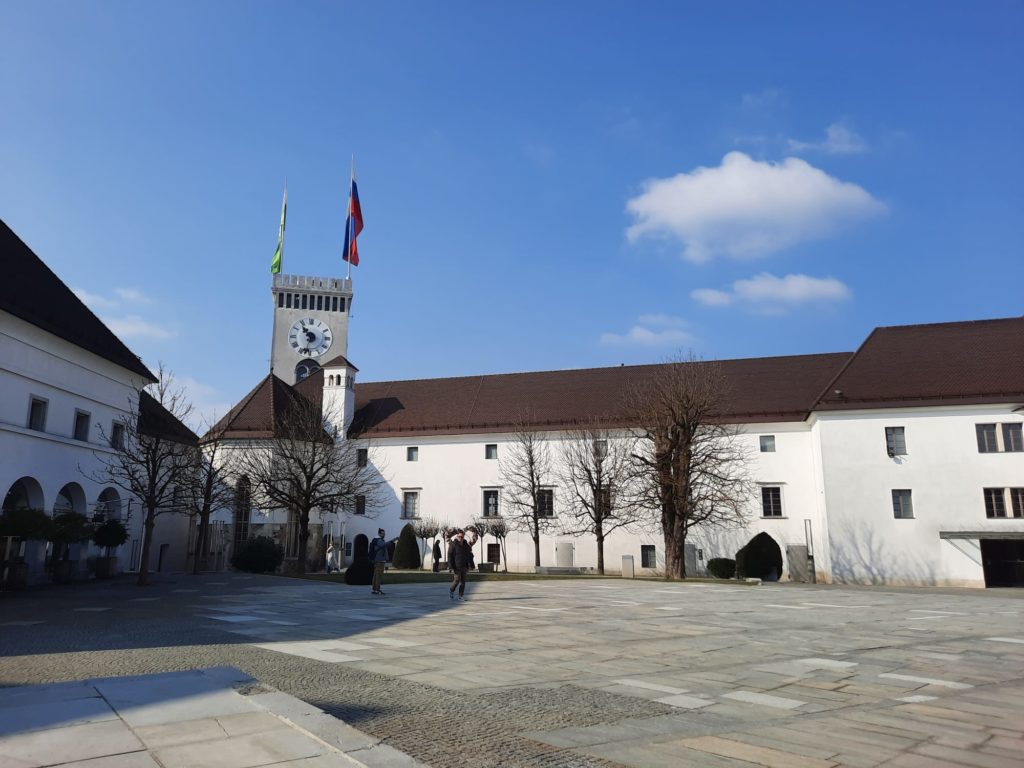
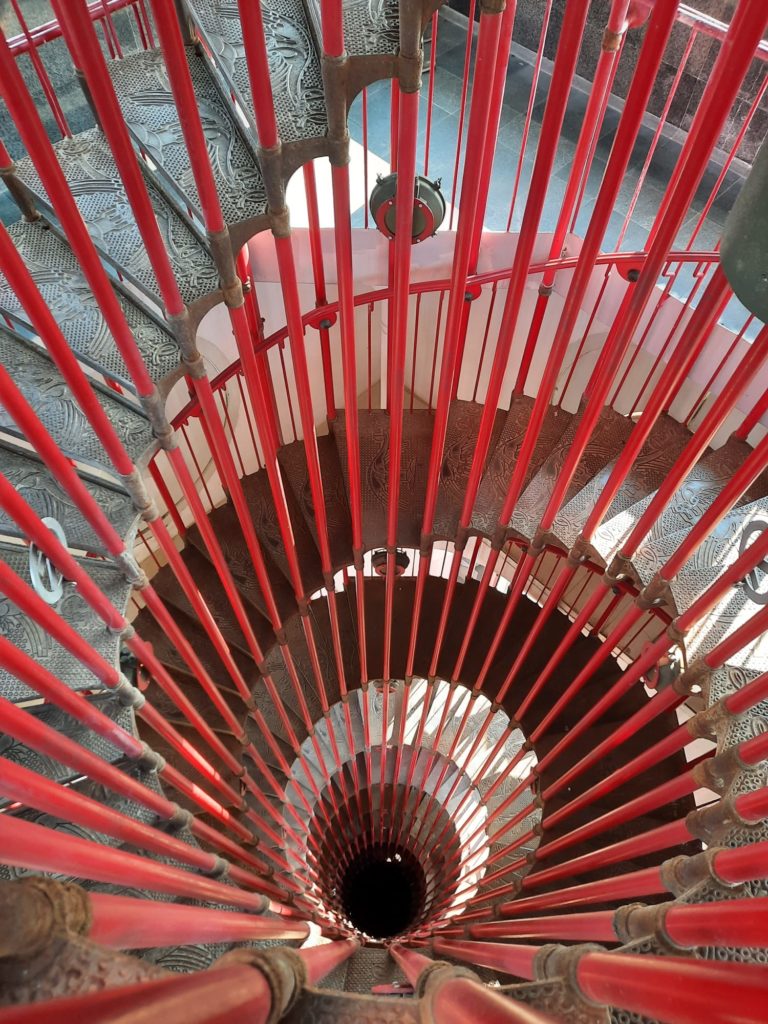
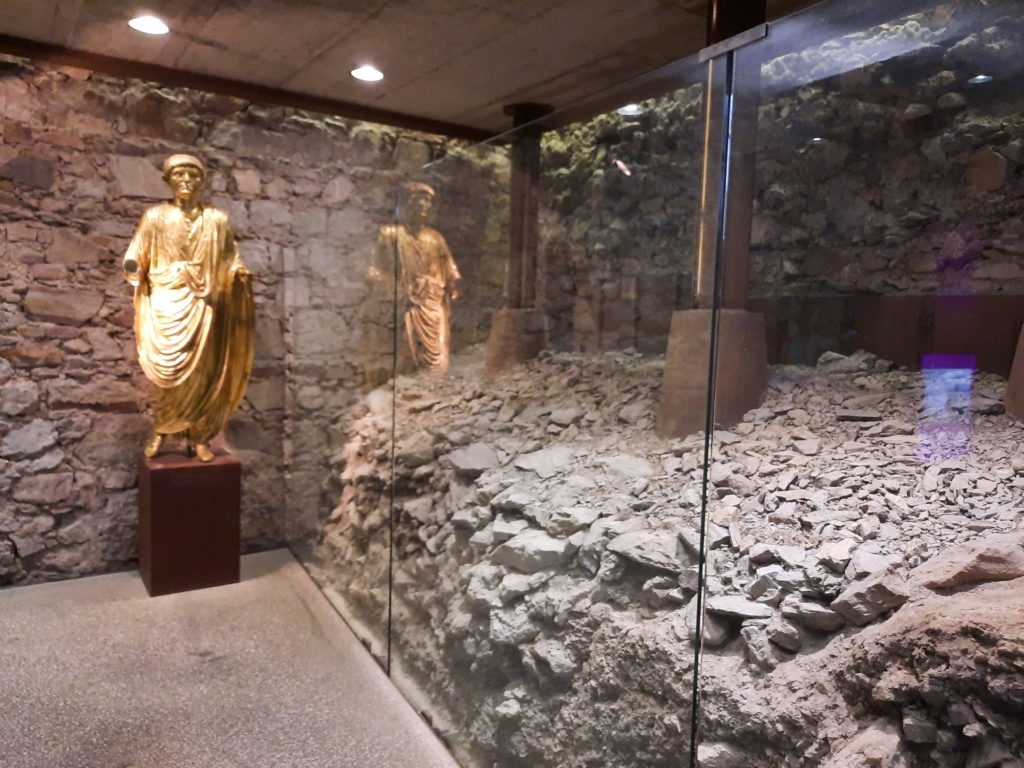
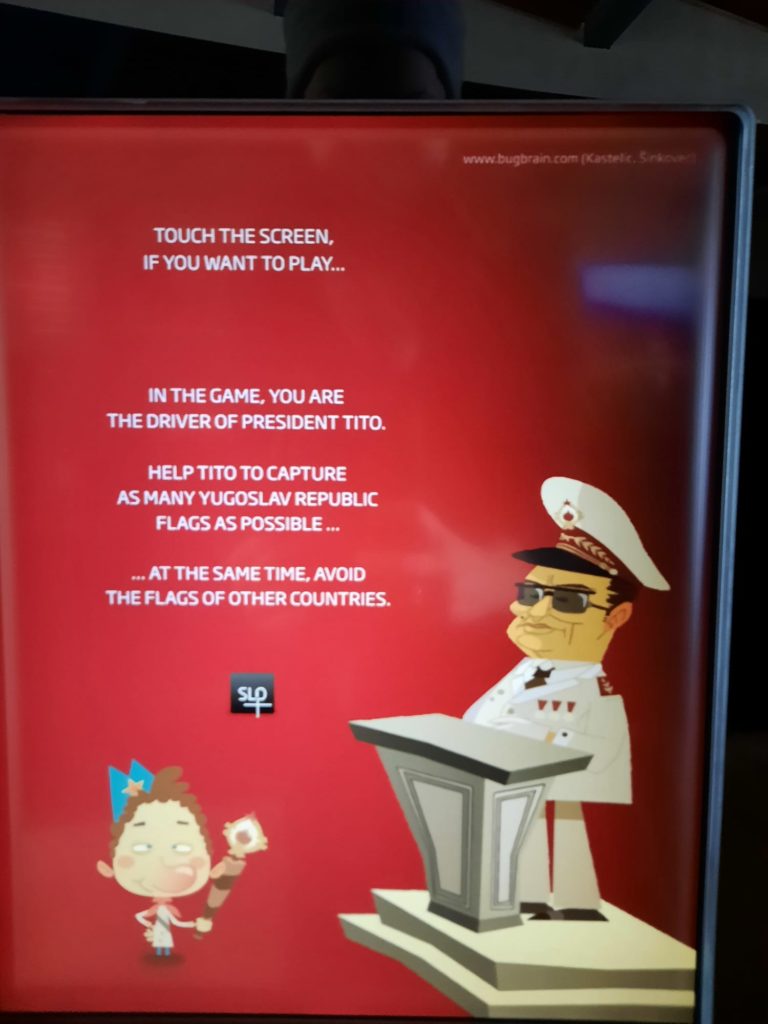
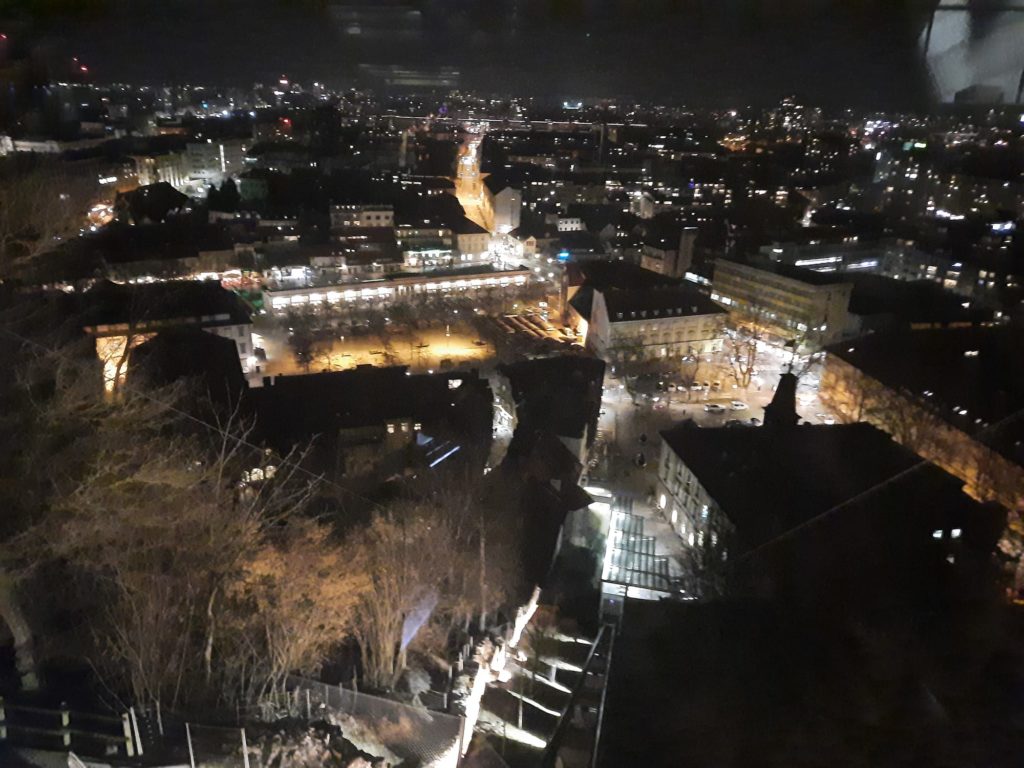
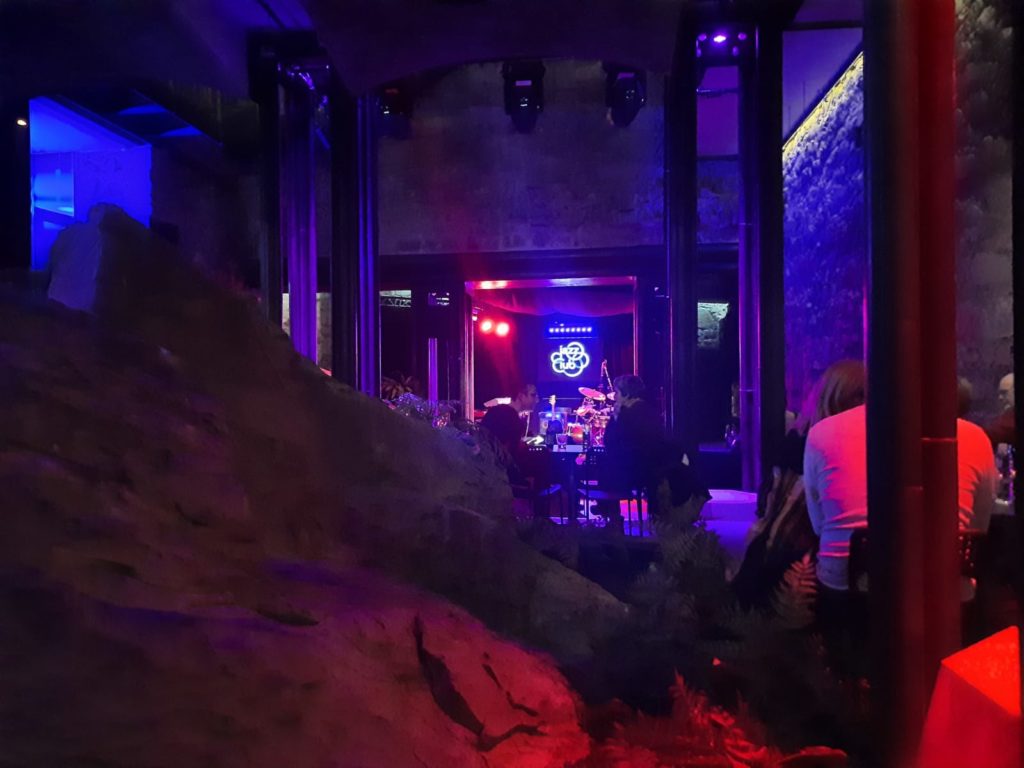
Ljubljana Castle
As I mentioned above, Ljubljana Castle dominates the historic city centre. We visited on our final day, but it would also be a good first activity in the city as you have the opportunity to learn a lot about Ljubljana’s history, and also see some of those views I was talking about.
Ljubljana Castle dates to (probably) the 11th Century. Although a long time before this it’s likely it was a Roman stronghold, back when Ljubljana was Emona. Like the city itself, it has had many ups and downs. Around the 17th Century it became an arsenal. Later it was occupied by the French army; then became a military hospital and eventually a prison.
The part that I found very interesting is that in 1905 it was bought by the City of Ljubljana. Even today it remains a public resource, and operates a bit like a cultural centre. There are also a number of different businesses operating from the castle, which may or may not be of interest to the average visitor. To see all the attractions would take several hours, and there are various itineraries suggested based on the time you have available.
We had a couple of hours to spare, so we climbed the tower to see the views, watched a video on the castle’s history, and had a quick look at the museum. If you don’t have much time in Ljubljana I actually really recommend this museum. It’s not my usual kind of thing, but it contains a sort of ‘greatest hits’ of Slovenian museums. All the best objects in replica form, plus lots of interactive exhibits. It’s a good overview of centuries of history in a small space.
The other thing we did on our long weekend was visit the castle’s jazz club. It was by chance that we saw an advertisement for it, but I’m really glad we did! It is essentially under the castle, cut out of bedrock. It’s a really cool space, and we had a great time listening to the Jon Onabowu Trio. You can get tickets to castle events at the bottom of the funicular among other places.
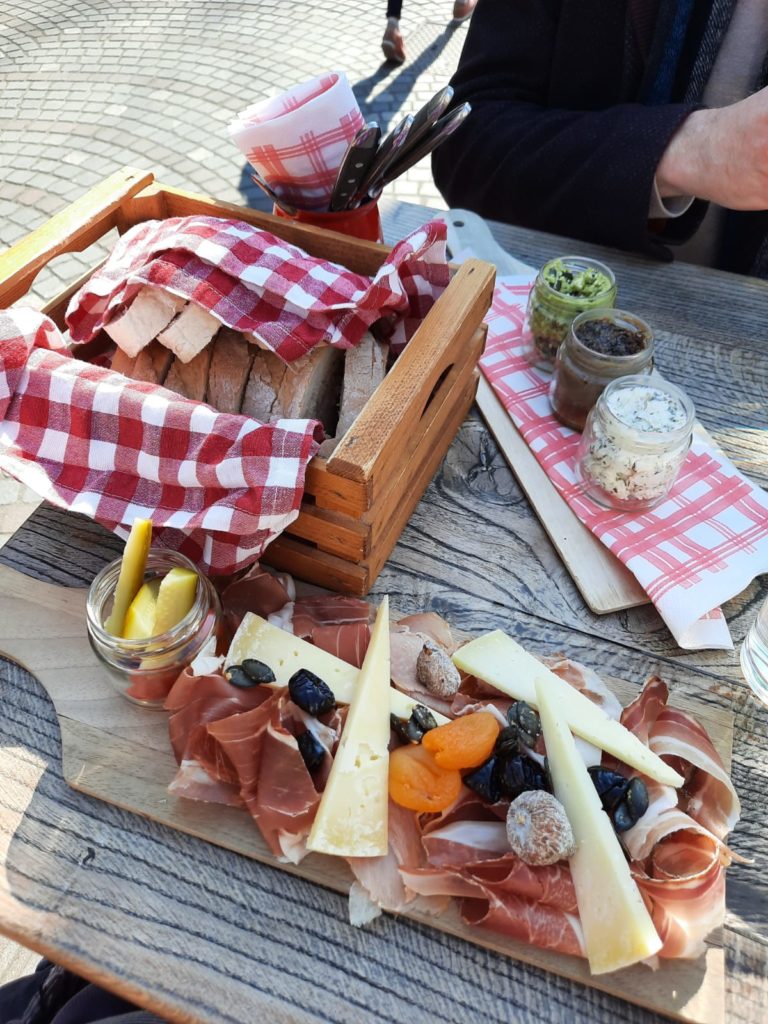
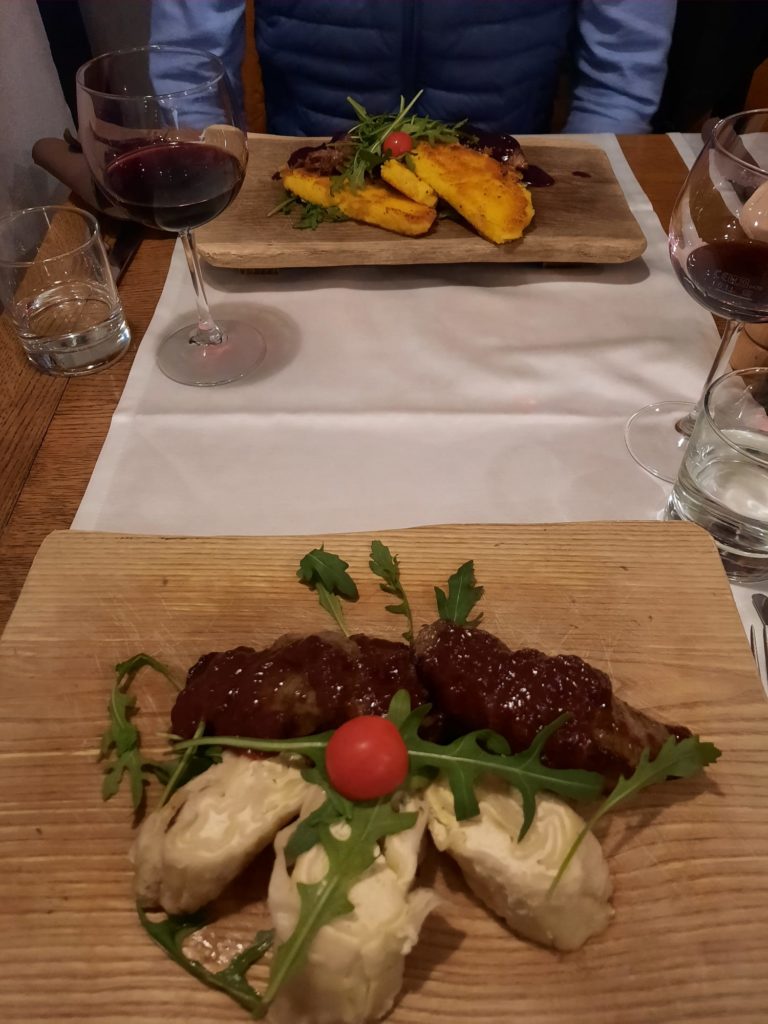
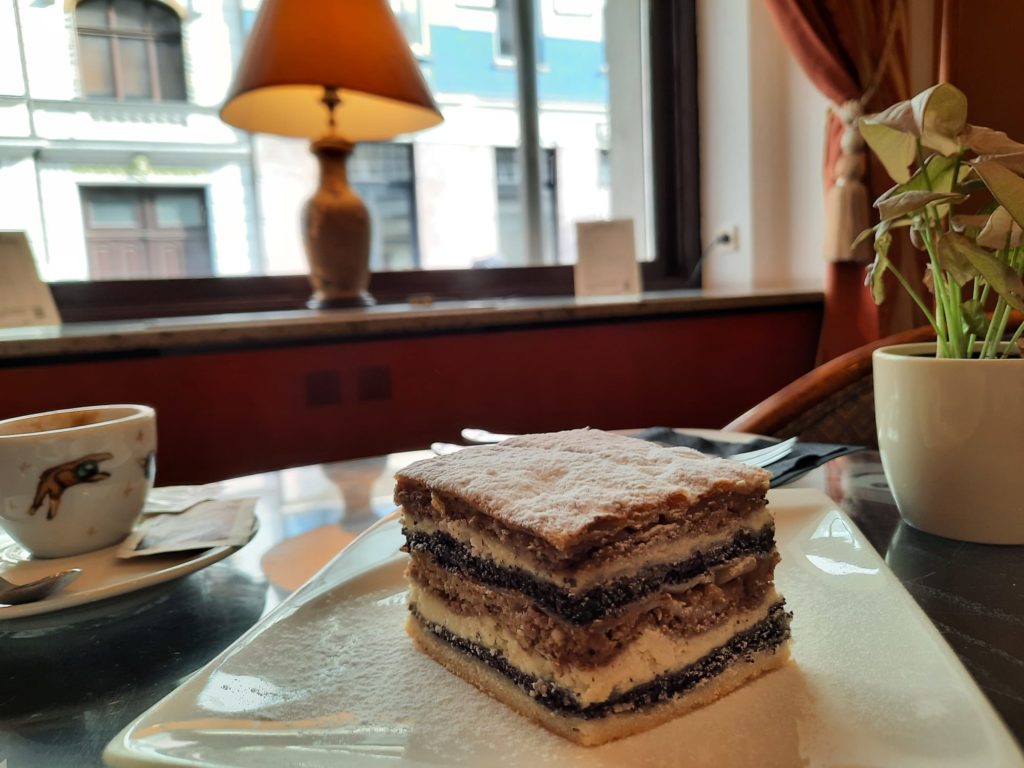
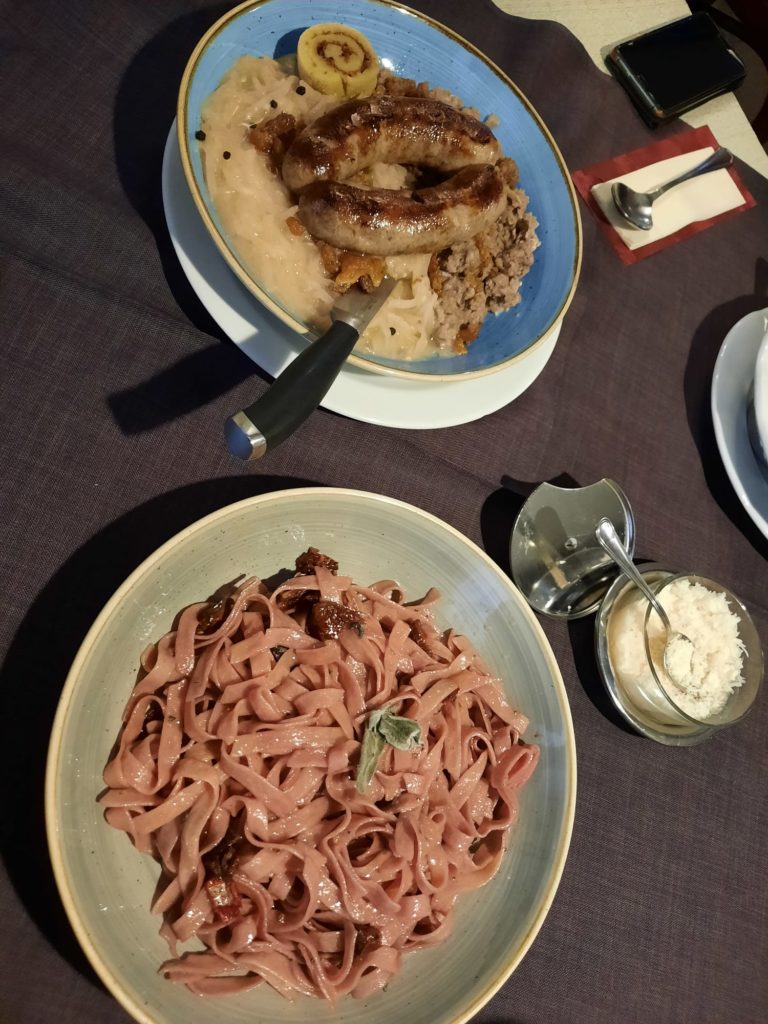
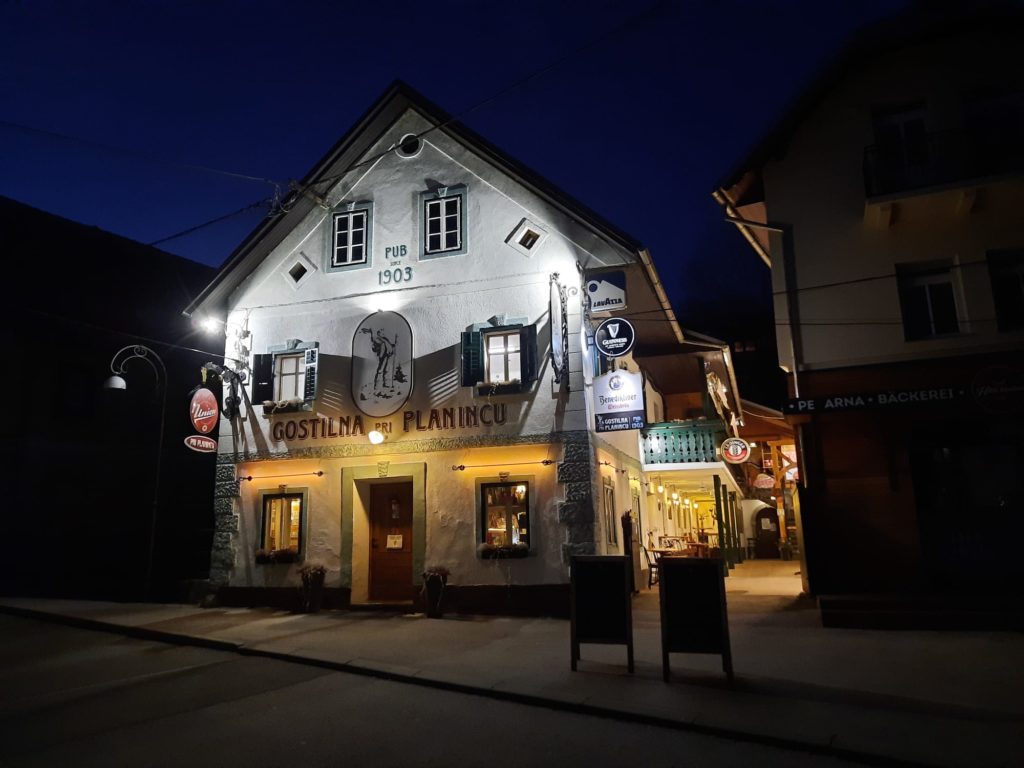
Food and Drink
It is easy to eat well in Ljubljana. I found the cuisine to be a really nice blend of Adriatic and Alpine influences. So on the same charcuterie board you can sample pršut (basically prosciutto), dried fruits, and a nice mountain cheese. It’s also very common to drink herbal tea in Slovenia rather than black tea, and there are many nice varieties to try.
In terms of evening meals, the restaurants in the city centre can be touristy, but the quality of the food is still very high. You can try traditional stews, game, sausages, etc., often with a side of polenta or a rolled pancake with soft cheese. For the non-meat eaters options are a little more limited, but we had nice pastas and other dishes. Our restaurant recommendation is Vodnikov Hram near the lower funicular station.
And I can’t go past the Food & Drink without talking about wine. Slovenia has a very long wine-growing tradition. And there are two things I loved about the wines here. Firstly, they grow a lot of unique varieties that you don’t find elsewhere. I particularly liked the Malvazija and Zelen whites. And secondly, the standard measure for wines by the glass is 100ml. Which means you can do your own little wine tasting, try out new varieties, and not suffer too many consequences the next day. For excellent wine and snack platter pairings, we recommend Slovenska Hiša.
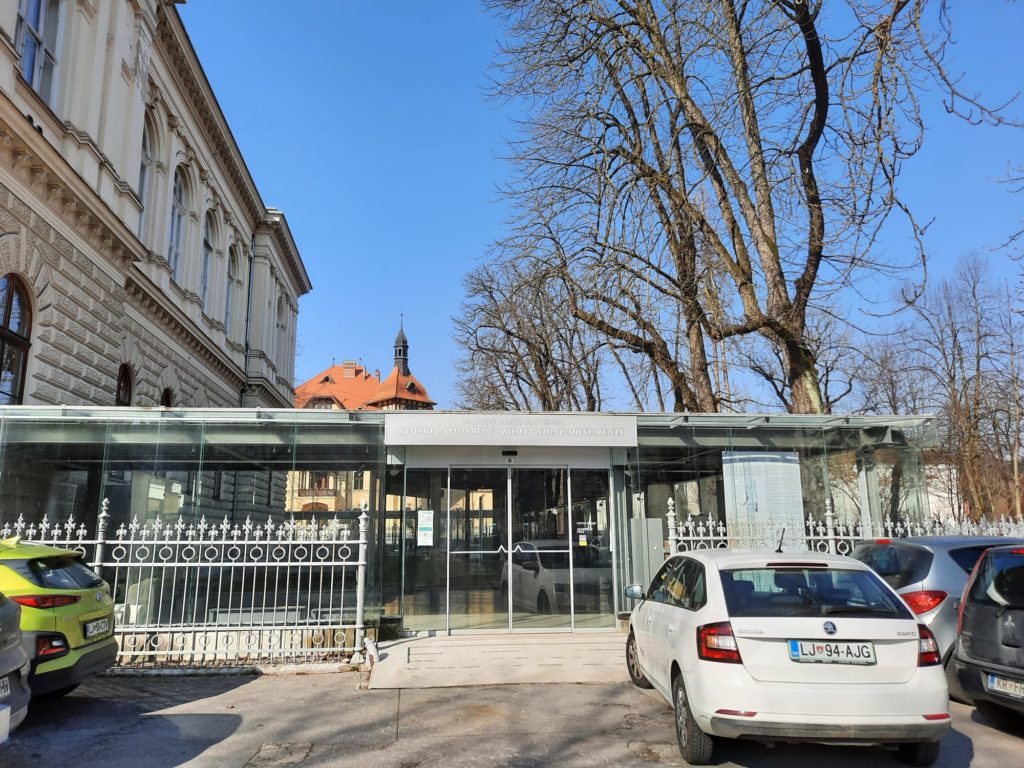
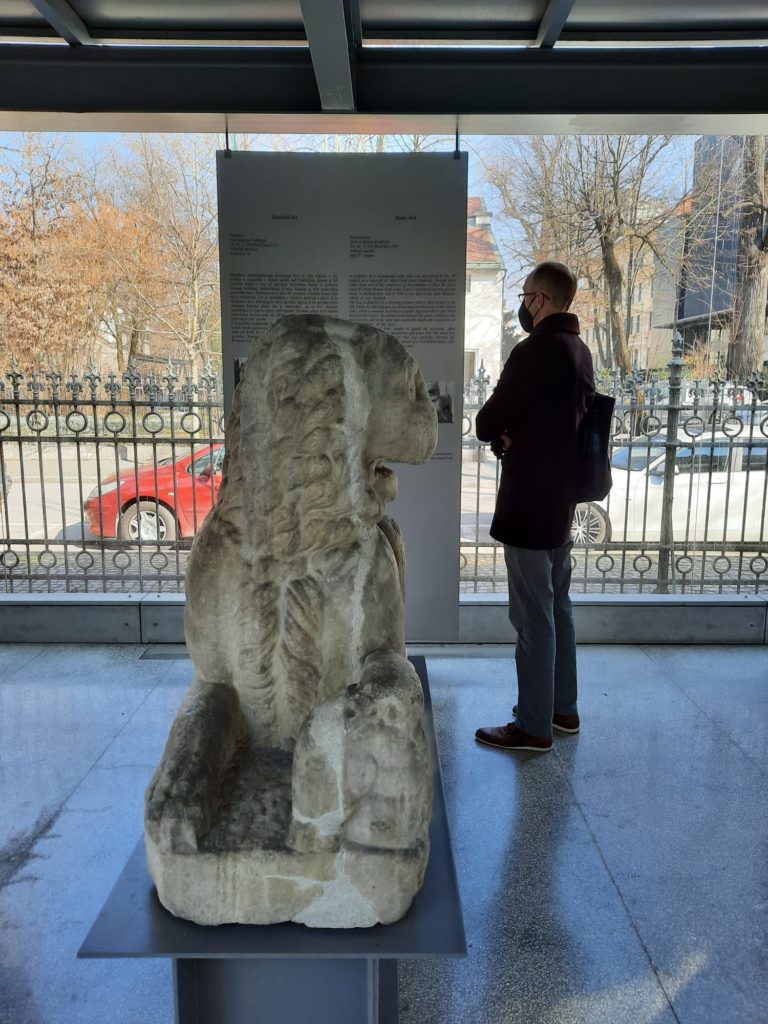
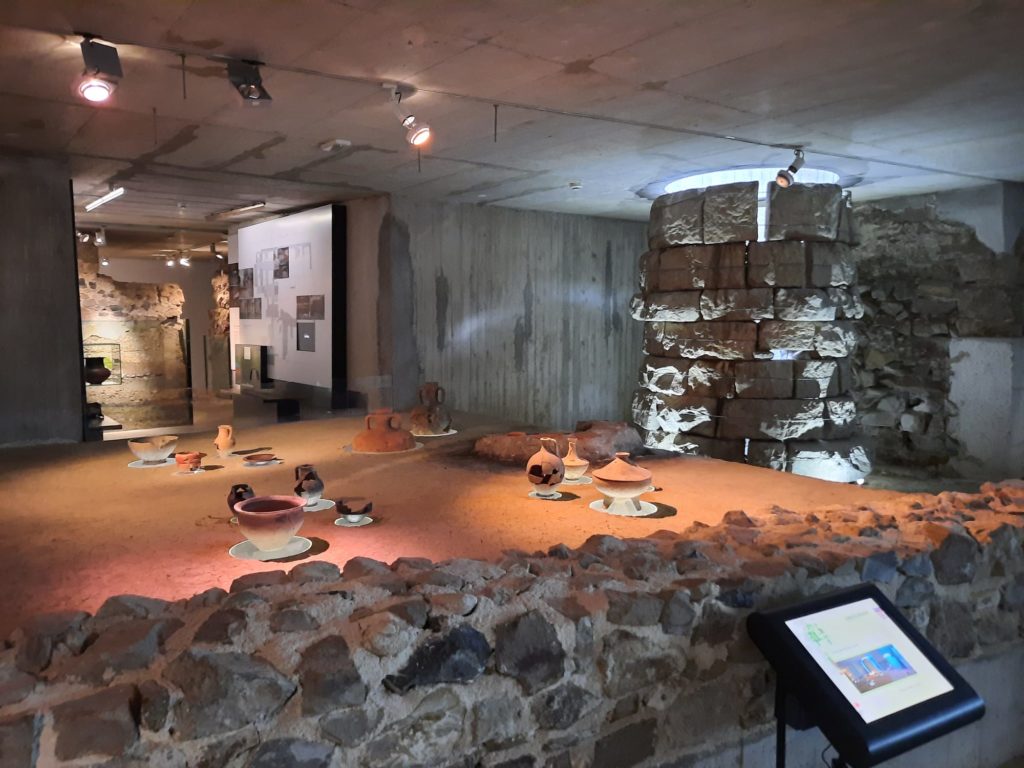
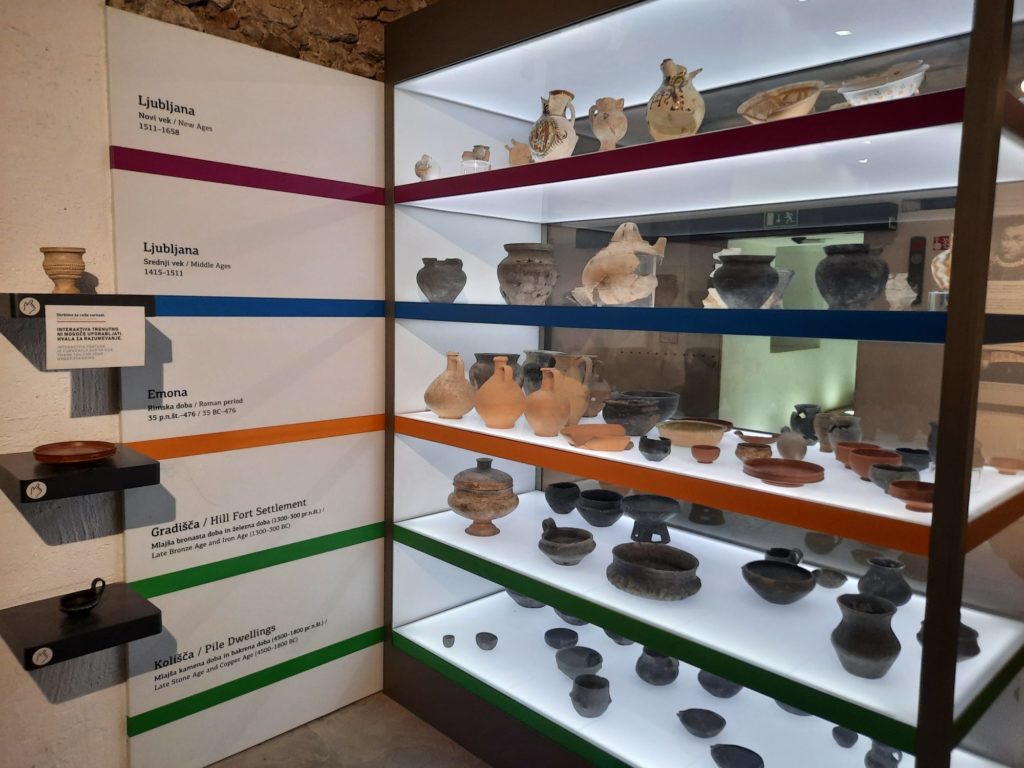
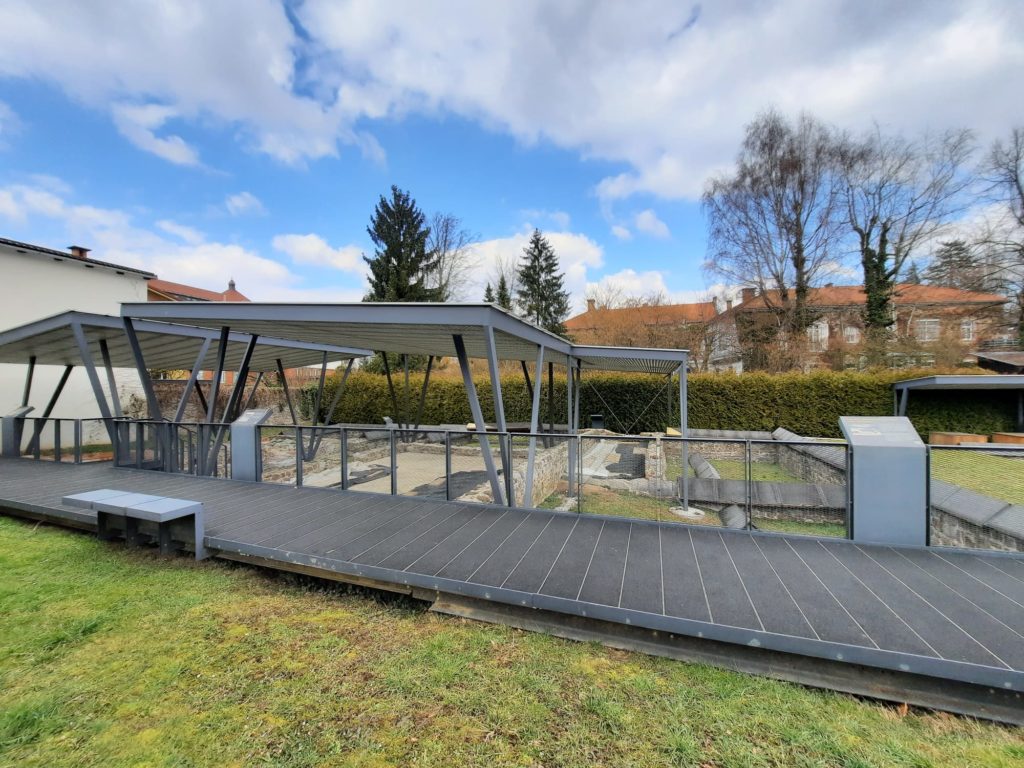
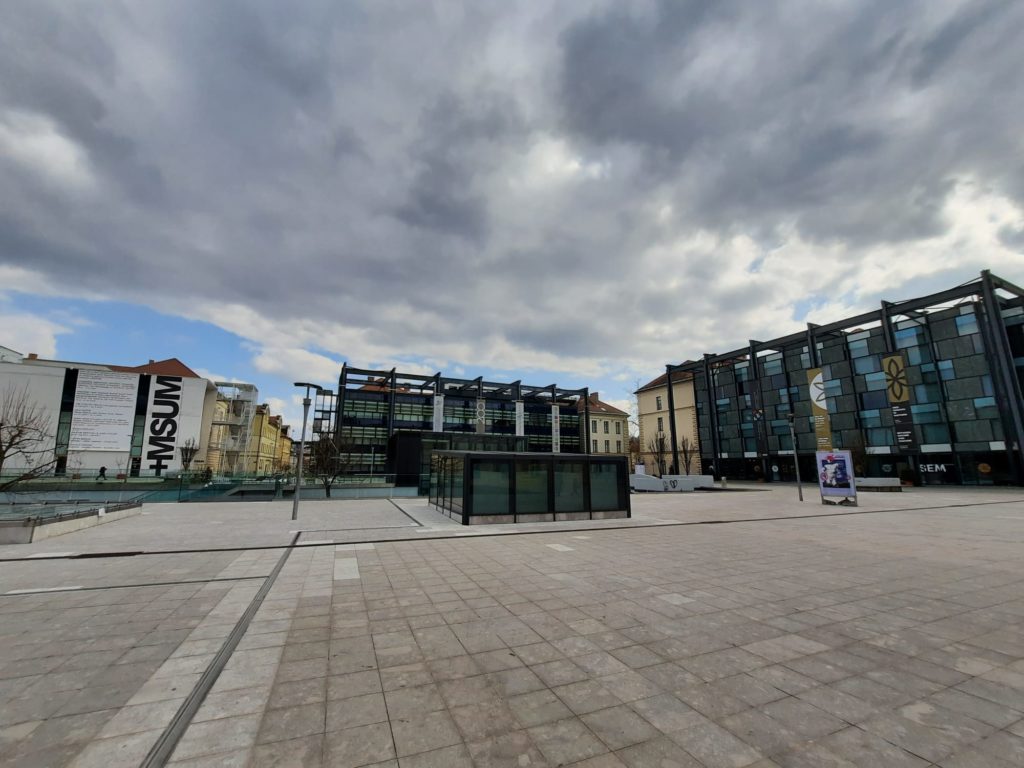
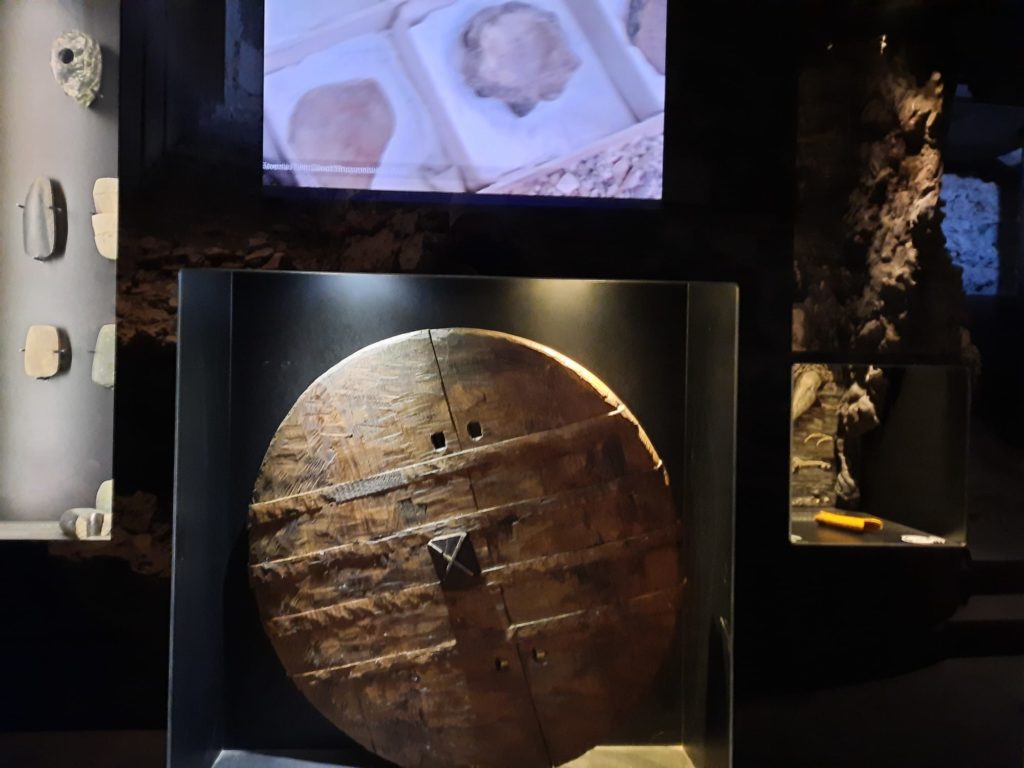
Museums and Archaeology
Very unusually for me, I didn’t visit many museums in Ljubljana. I did go to the City Museum. And also a lapidarium annex of the National Museum of Slovenia (recommended – it’s free and interesting). But other than that I was busy enjoying the sunshine, wine and sights. Compare this to my long weekend in Lisbon, where we were unlucky with the weather and spent a lot of time indoors away from the rain!
But my lack of museum-going was not through lack of choices. Like many capital cities, Ljubljana has museums to suit almost everyone. There is a National Gallery as well as the National Museum. There’s also a National Museum of Contemporary History, Slovene Ethnographic Museum, a Railway Museum, a Museum of Modern Art, an International Centre of Graphic Arts, and so on. If you prefer your museums more experiential, there is the House of Experiments (good for families) or the Brewery Museum Union (less so).
A more recent development is a little enclave of museum outposts in the Metelkova district near the railway station and just outside the city centre. The National Museum and Museum of Contemporary Art are amongst them, and it’s next to the older Slovene Ethnographic Museum. The benefit of these outposts is obviously additional space for storage and exhibitions. But I didn’t find the museums very welcoming from the exterior.
One thing Ljubljana (or Emona) is very good at, however, is Roman ruins. They pop up all over the place, and are well signposted. There is one extensive section a few minutes’ walk from the City Museum (fifth image above). We couldn’t figure out how to buy a ticket, and it seems you can’t buy one onsite. Frankly you can see enough from the entrance gate, though. We much preferred coming across small Roman remains in underpasses and the odd museum basement.
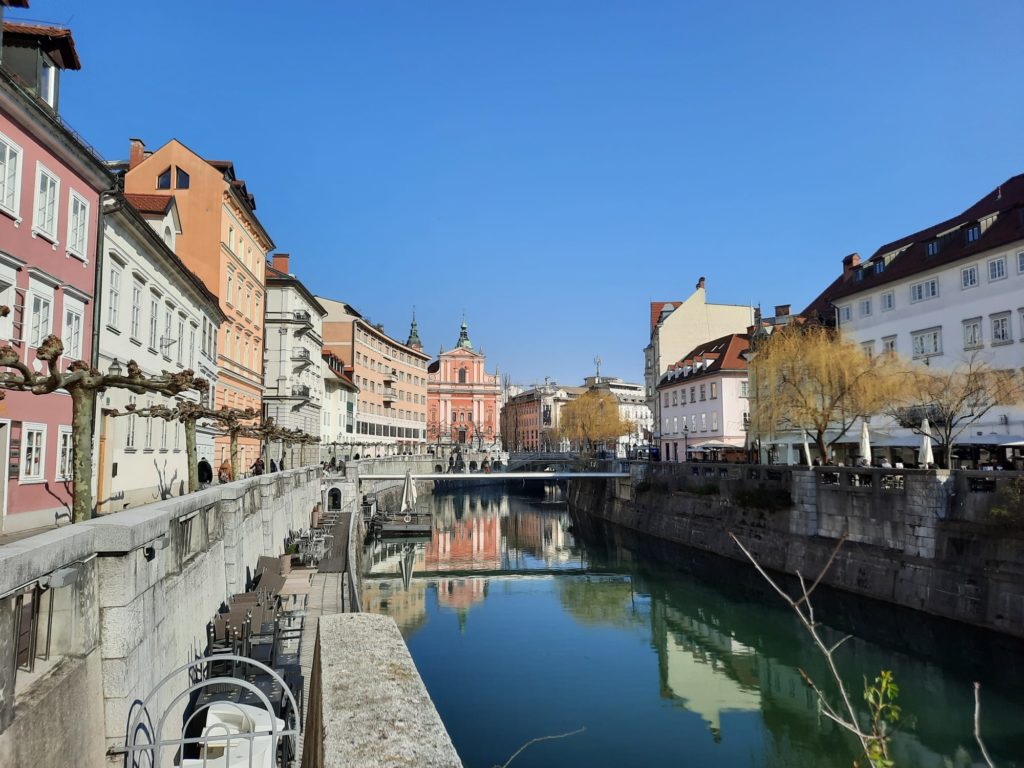

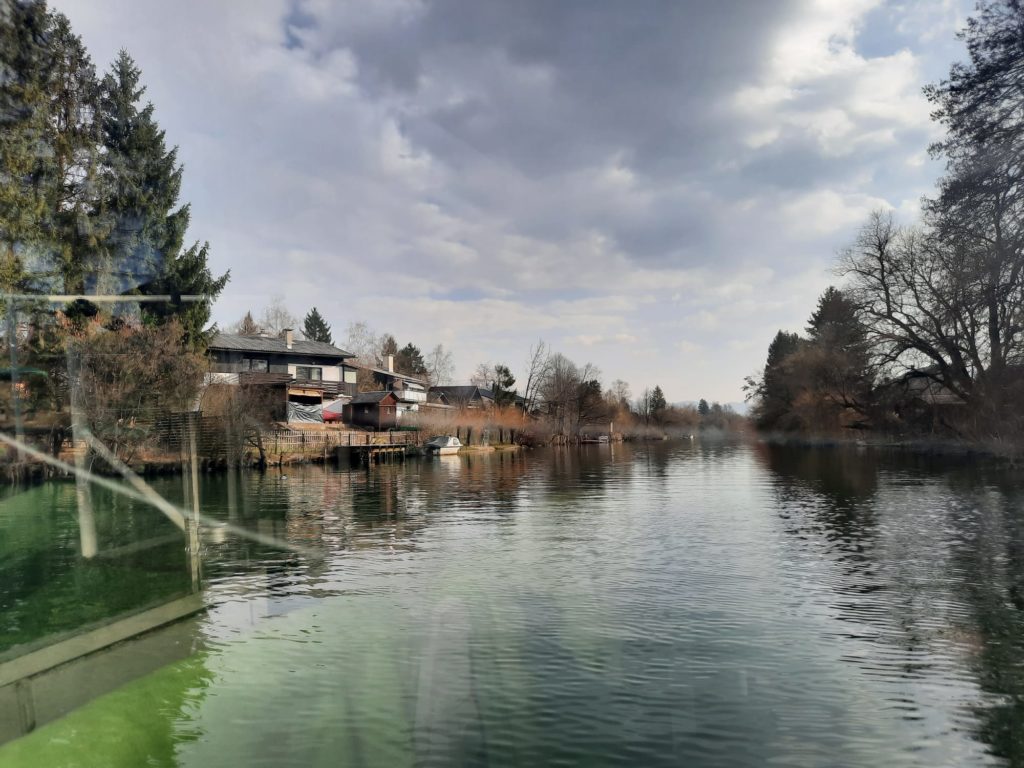
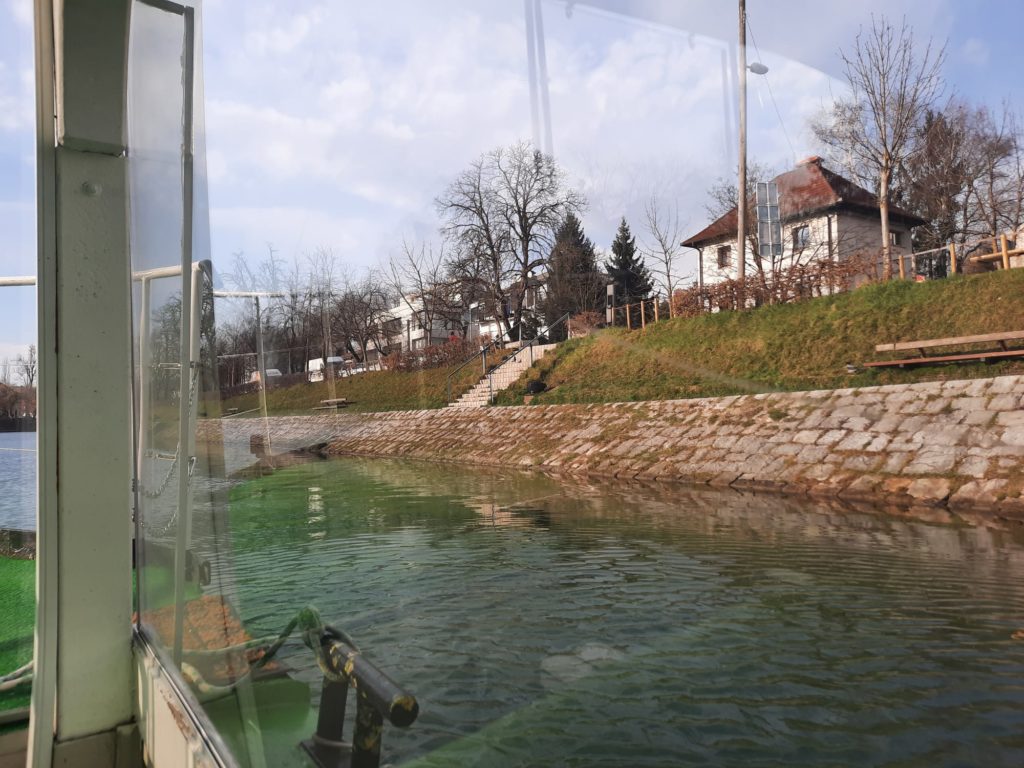
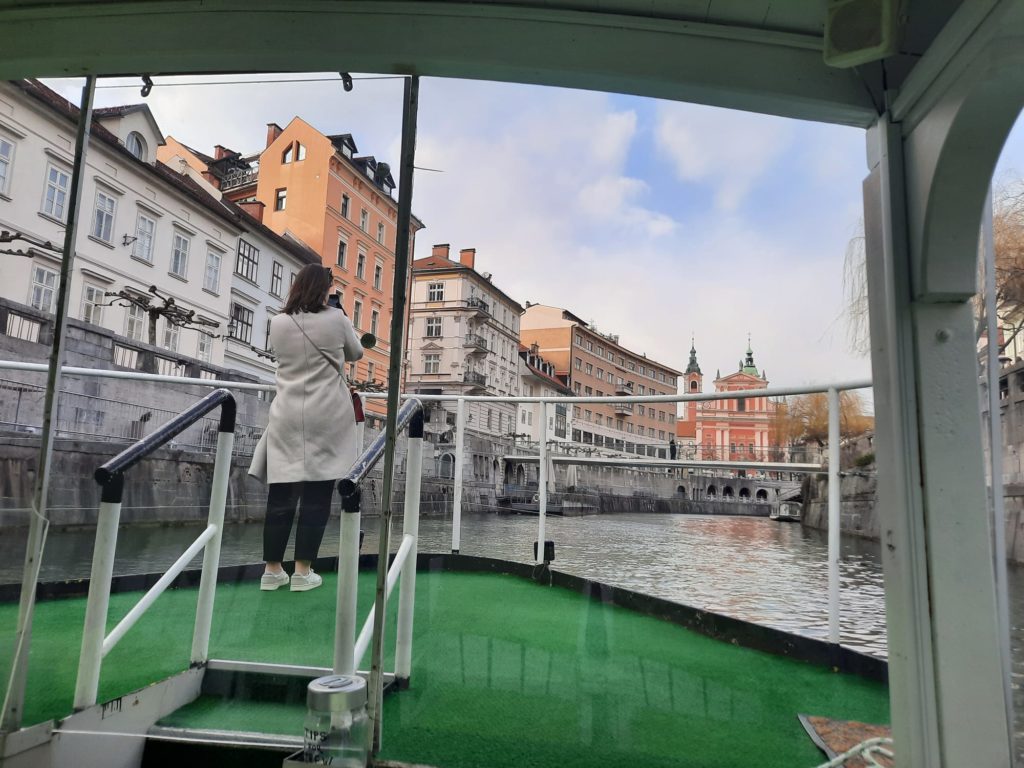
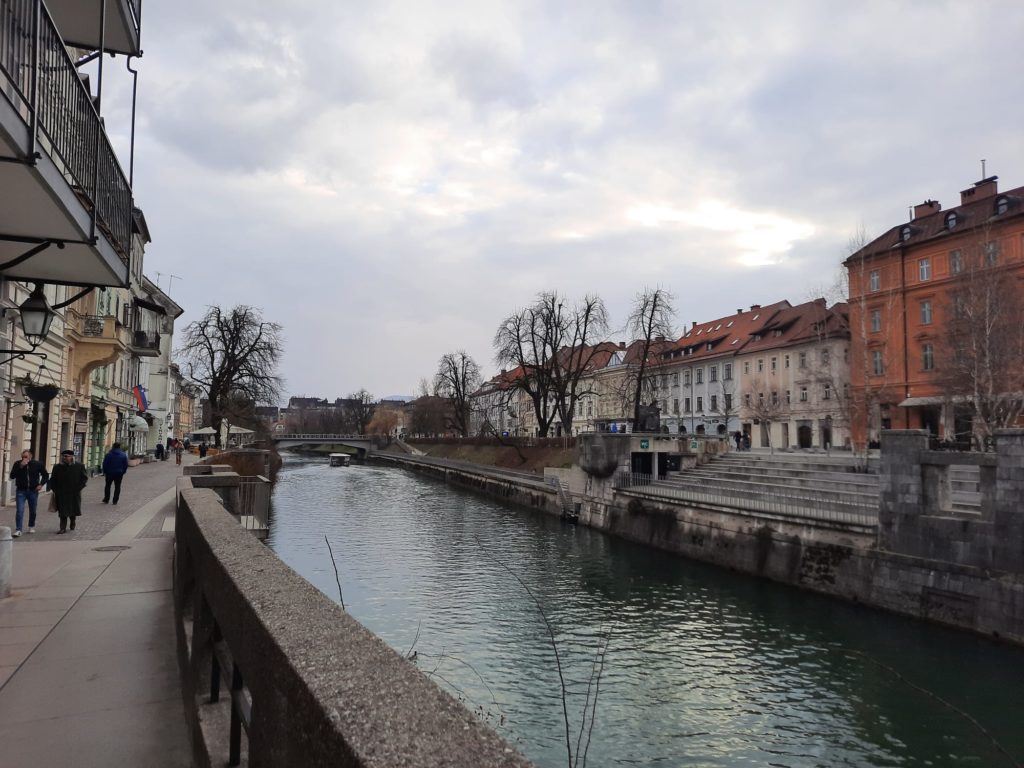
Ljubljanica River
You won’t be able to visit Ljubljana without seeing the Ljubljanica River. It runs right through the centre of town, and is rather picturesque. What you see in the central city today, however, is only part of the river. There is a Big and a Little Ljubljanica which join together within the city limits.
There are various ways to enjoy the Ljubljanica. One, which we missed out on by visiting in winter, is the many riverside bars. We saw evidence of them in the form of terraces and stacked chairs and tables. But between the season and the end of Covid restrictions there was no sign of activity. A reason for a return visit, I think.
The way we were able to enjoy the river instead was on a boat trip. There are many points to join such a trip, but the format seems to be the same – 45 minutes there and back. Just long enough to take you out to where things start to feel less urban. A very exciting and unexpected discovery we made on our boat trip was the presence of many nutria in the Ljulbljanica. What is a nutria, you ask? Well it’s a South American animal which resembles a beaver with a skinny tail. We had no idea what they were and had to look them up. See a picture here.
The Ljubljanica, like the Thames, is a major source of archaeological discoveries, thanks to the long inhabitation of the area and the ability of the river to carry items from further afield. Also like the Thames, permits are now required to search for or remove items from the Ljubljanica.
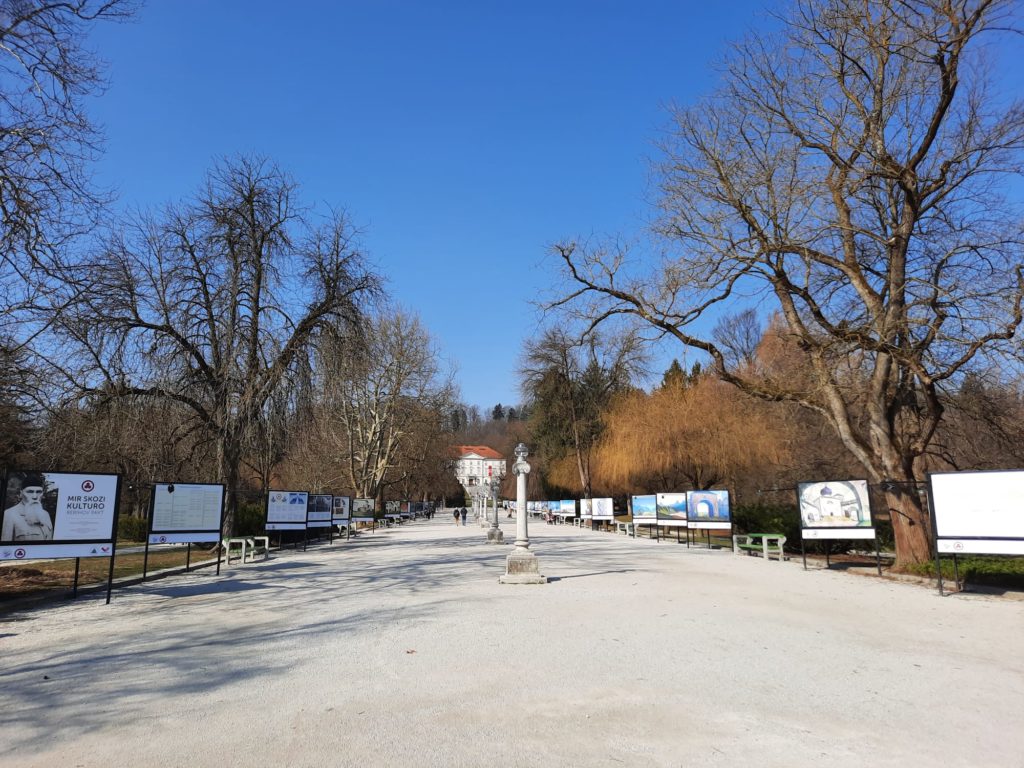
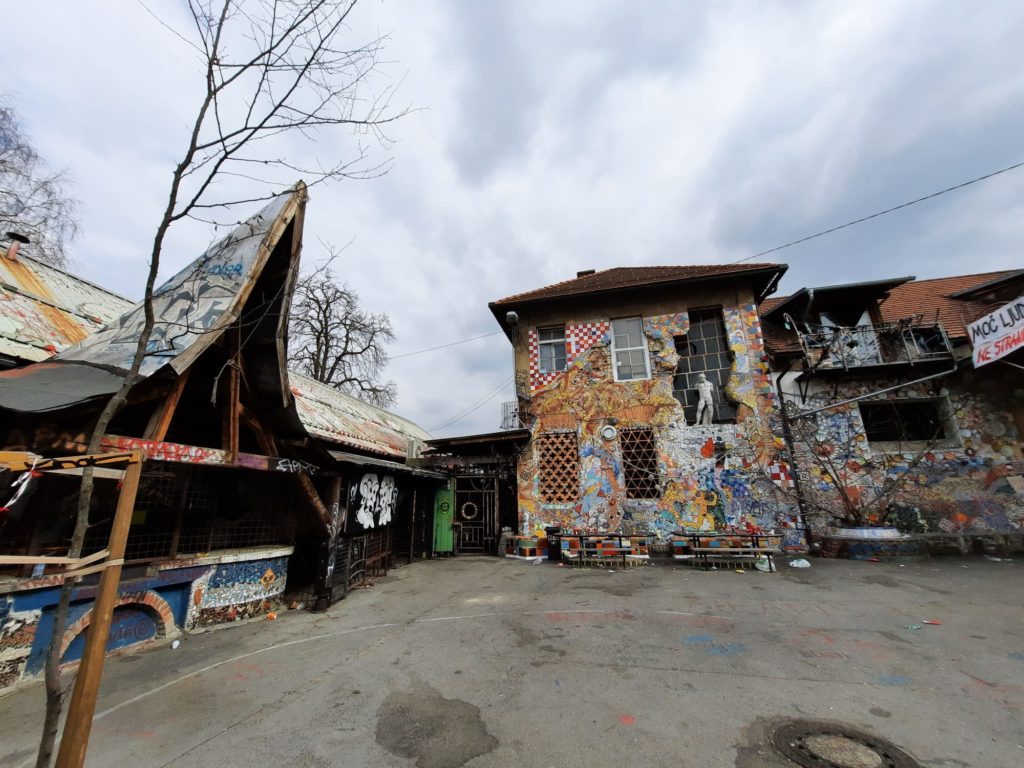
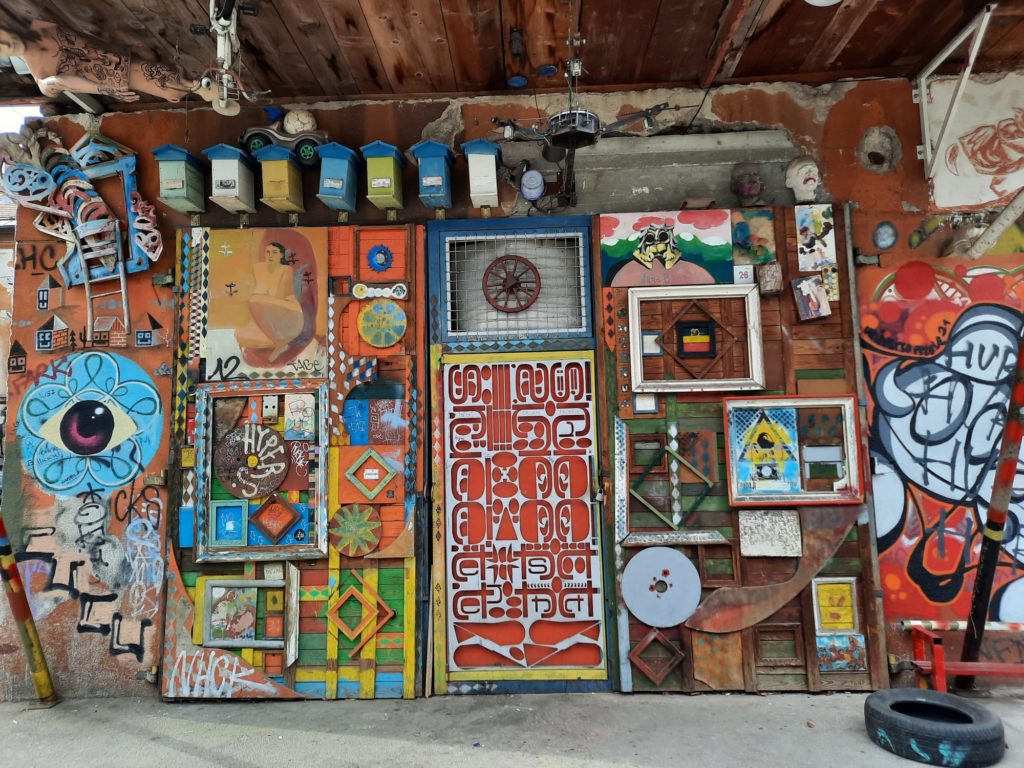
Other Cultural Highlights
So we have covered a lot of ground already. What else is there to see? I have a couple more things to tell you about, and will then leave you to discover the city on your own.
The first is Tivoli Park. Only a few minutes’ walk from the city centre, this is a pleasant, minimally landscaped park with a large natural woodland behind it. Within it you can find a couple of the museums I mentioned above (the National Museum of Contemporary History and the International Centre for Graphic Arts). There are also outdoor exhibitions along a central alley. We had a lovely time wandering around Tivoli Park in the sunshine.
The second cultural place of note is Metelkova. I mentioned the museums at Metelkova above. Well the main association with the Metelkova area is Metelkova City Autonomous Cultural Centre. The guidebooks and website might tell you it’s a bit like Christiania in Copenhagen – a sort of hippy squatter free town. Or at least that’s the impression I had. And the origins seem similar – this is a former army barracks which has been a squat since 1993. I don’t recommend visiting during the day, however. It’s apparently a vibrant night life spot, but when we visited it was deserted and a little intimidating. None of the hustle and bustle of Christiania.
So I hope you have enjoyed this overview of Ljubljana through a cultural lens. As I said at the outset, this is one of my favourite long weekend destinations in a long time, and I hope if you go that you will enjoy it as much as I did! Let me know in the comments.
If you see this after your page is loaded completely, leafletJS files are missing.

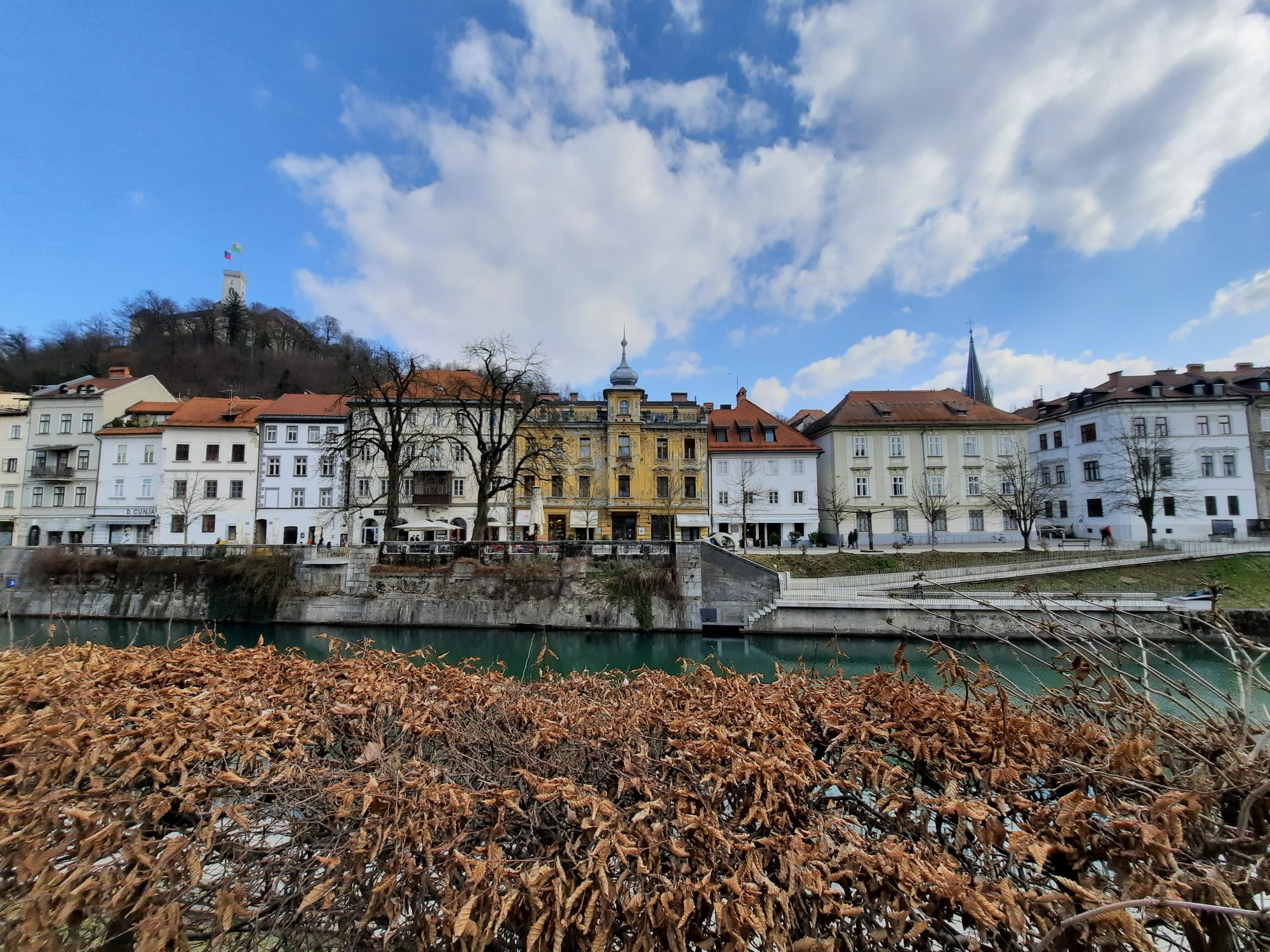
3 thoughts on “Ljubljana For Culture Lovers – A Long Weekend Guide”